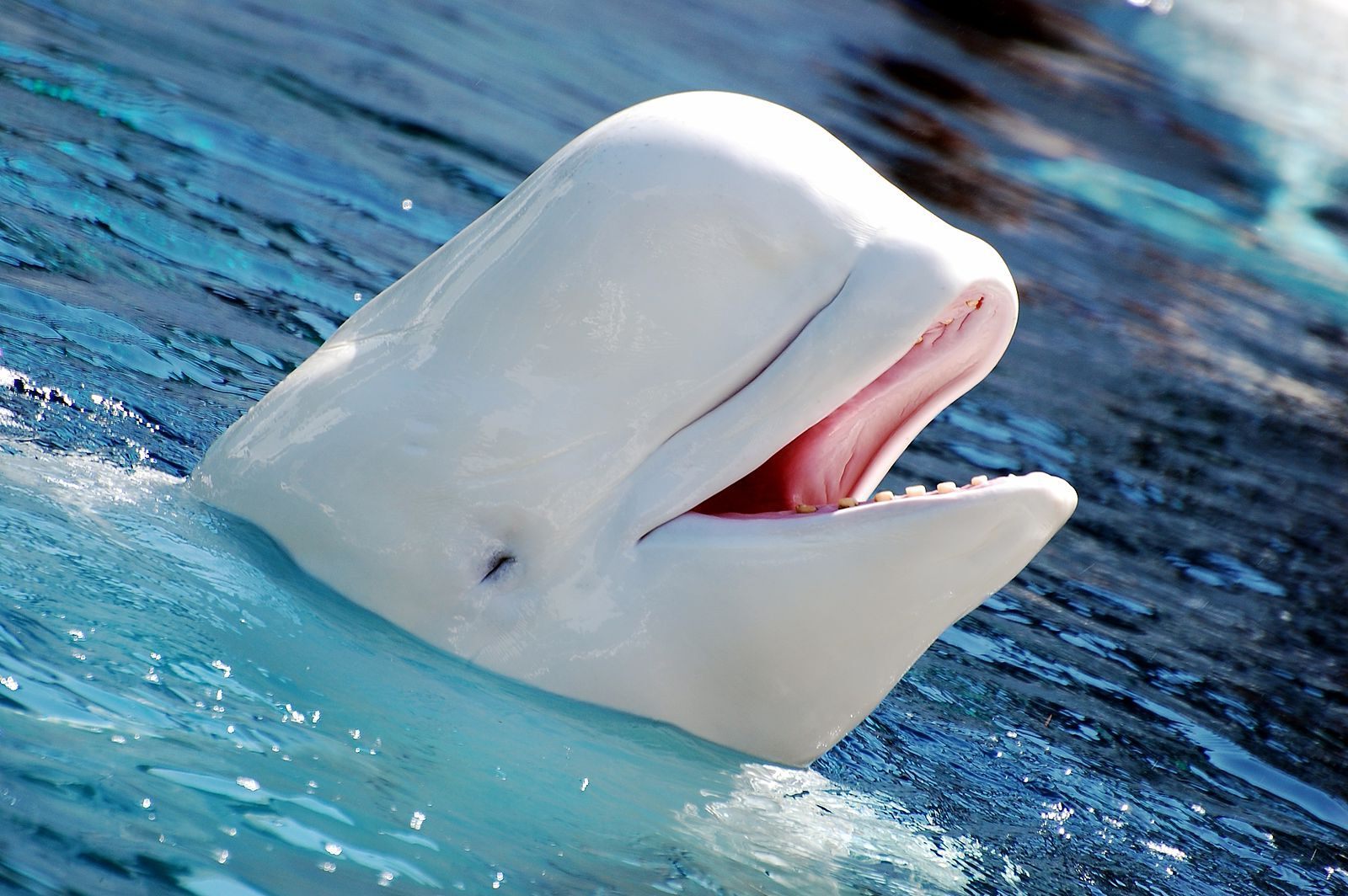
Ever wondered about the ghostly white creatures of the Arctic, known as beluga whales? These marine marvels are more than just a pretty face in the icy waters. Beluga whales hold a treasure trove of secrets and surprises that defy their serene appearance. From their extraordinary vocal abilities to their unique adaptations for survival in frigid climates, beluga whales are a testament to the wonders of the natural world. In this blog post, we're diving deep into the world of these Arctic inhabitants, uncovering 15 fascinating facts that will change the way you see these gentle giants. Ready to get up close and personal with the unicorns of the sea? Let's plunge into the icy depths and discover the marvels of beluga whales!
Key Takeaways:
- Beluga whales are social, playful, and adaptable creatures that rely on echolocation to hunt and communicate. They face threats from climate change, pollution, and human activities, but conservation efforts are in place to protect them.
- Beluga whales, also known as the "canaries of the sea," have a diverse diet and can live up to 60 years. Their unique characteristics and behaviors make them fascinating creatures to study and protect for future generations.
Understanding Beluga Whales: Arctic Inhabitants
Beluga whales, with their distinctive white color and sociable nature, are among the most intriguing creatures in the Arctic. Unlike other marine mammals, belugas are easily recognizable due to their unique physical characteristics and behaviors.
-
Beluga whales are known for their stark white color, which they achieve around five years of age. Before this, calves are born a dark gray that gradually lightens.
-
These marine mammals possess an echolocation ability that allows them to navigate and hunt in the murky waters of the Arctic. This sonar-like system is crucial for their survival in such a challenging environment.
-
Unlike many other whale species, belugas can move their necks freely thanks to a flexible cervical vertebrae structure. This adaptability aids them in scanning their surroundings and communicating with fellow pod members.
The Social Lives of Beluga Whales
Beluga whales are not solitary creatures; they thrive in communities. Their social structures and interactions are complex and fascinating, providing insight into their intelligence and emotional capacities.
-
Belugas often form pods of up to several dozen individuals, although during summer, these numbers can swell into the thousands in certain Arctic regions. These gatherings are a testament to their highly social nature.
-
Communication is a vital part of beluga whale life. They use a wide range of sounds, including clicks, whistles, and clangs, to communicate. This has earned them the nickname "canaries of the sea."
-
Young belugas are incredibly playful, engaging in activities like chasing each other and playing with objects they find in the water. This play is not just for fun; it's a crucial part of their development and learning process.
The Diet of a Beluga Whale
Understanding what beluga whales eat is essential to comprehend their role in the Arctic ecosystem. Their diet is surprisingly varied and reflects their adaptability to the harsh Arctic environment.
-
Beluga whales primarily feed on fish, crustaceans, and worms. Their diet can include salmon, capelin, herring, shrimp, and squid, depending on their habitat's availability.
-
These whales are opportunistic feeders, meaning they will eat whatever is available to them. This trait helps them survive in environments where food sources can be scarce or highly seasonal.
-
To catch their prey, belugas will often work together, using their echolocation to locate food and then coordinating with pod members to herd and trap their targets.
The Threats Facing Beluga Whales
Despite their adaptability and intelligence, beluga whales face several threats that endanger their populations. Human activities and environmental changes are the primary concerns for their conservation.
-
Climate change is significantly impacting the Arctic, reducing sea ice cover and altering the ecosystem. This affects the beluga's habitat and food sources, making survival more challenging.
-
Pollution is another major threat. Contaminants in the water can accumulate in belugas over time, affecting their health and reproductive capabilities.
-
Human activities, such as shipping and industrial noise, disrupt beluga communication and navigation. This can lead to disorientation and even strandings.
-
Conservation efforts are in place to protect beluga whales, including protected areas and regulations on hunting and pollution. However, continued support and research are needed to ensure their survival.
-
Belugas have a long lifespan, with some individuals living up to 60 years. This longevity allows researchers to study them over extended periods, providing valuable insights into their behavior, social structures, and ecology.
-
Despite the challenges they face, beluga whales continue to thrive in some areas, demonstrating resilience and adaptability. Their presence in the Arctic is a reminder of the importance of preserving these unique environments for future generations.
A Final Splash from Beluga Whales
Beluga whales, with their distinctive white color and sociable nature, are truly Arctic marvels. These creatures play a crucial role in marine ecosystems, showcasing unique adaptations like echolocation for navigating icy waters. Their ability to communicate through a variety of sounds has earned them the nickname "canaries of the sea." Conservation efforts remain vital for their survival, facing threats from climate change and habitat loss. Understanding and appreciating these fascinating facts about beluga whales can inspire more people to support conservation initiatives. Let's ensure future generations can also marvel at the beauty and wonder of beluga whales in their natural Arctic habitat. Their survival isn't just about preserving a species; it's about maintaining the balance of marine ecosystems worldwide.
Frequently Asked Questions
Was this page helpful?
Our commitment to delivering trustworthy and engaging content is at the heart of what we do. Each fact on our site is contributed by real users like you, bringing a wealth of diverse insights and information. To ensure the highest standards of accuracy and reliability, our dedicated editors meticulously review each submission. This process guarantees that the facts we share are not only fascinating but also credible. Trust in our commitment to quality and authenticity as you explore and learn with us.


